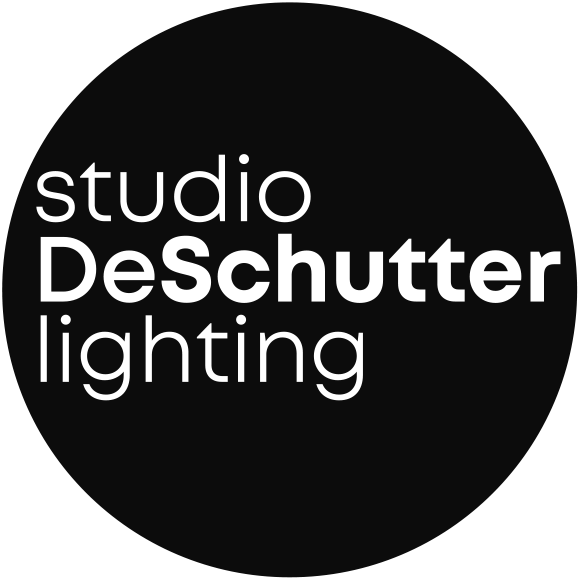Unified Glare Rating (UGR)
The Unified Glare Rating or short the UGR is the measurement of glare coming from an artificial lighting source . There are different types of glare, see disability and discomfort glare.
Proper glare control and well-planned lighting is important for the visual comfort of a space, especially in workplace environments. The glare values range from 5 to 40 where the lower corresponds to less glare . The standards for workplace lighting, DIN12464 recommend a UGR lower or equal to 19 (UGR <19). Selecting luminaires with a good glare control will benefit the lighting setting, however, glare can still arise due to bad placement of the lighting fixtures. That’s why glare and the unified glare rating should always be considered in relation to the space as a whole
Glare can be reduced in a space by introducing more surrounding light. this decreases the contrast between the task area and the surrounding allowing our eyes to adjust easier. Adding fixtures or carefully selecting the colour palette of the space might help to reduce glare. Further, it is possible to refine brightness, suspension height of the fixtures or the beam spread in order to reduce glare within the field of vision.
Tip from a lighting designer
As lighting designer, we notice that the UGR rating often gets overlooked or just seen as a characteristic of the fixture and not approached holistically in the perception of lighting in the space.

